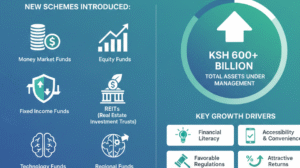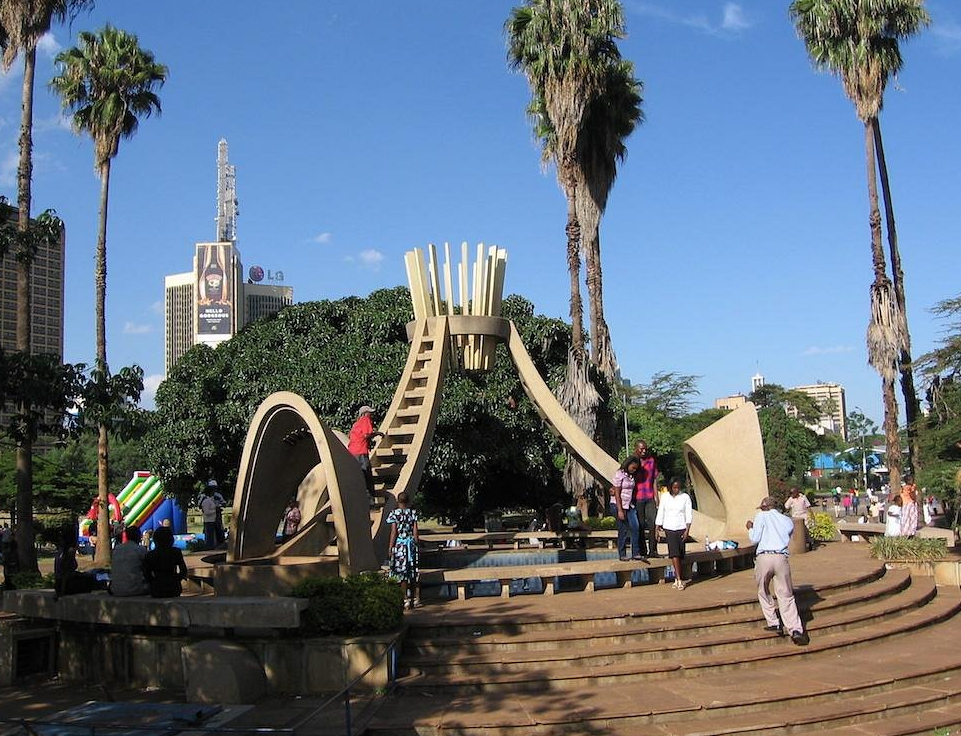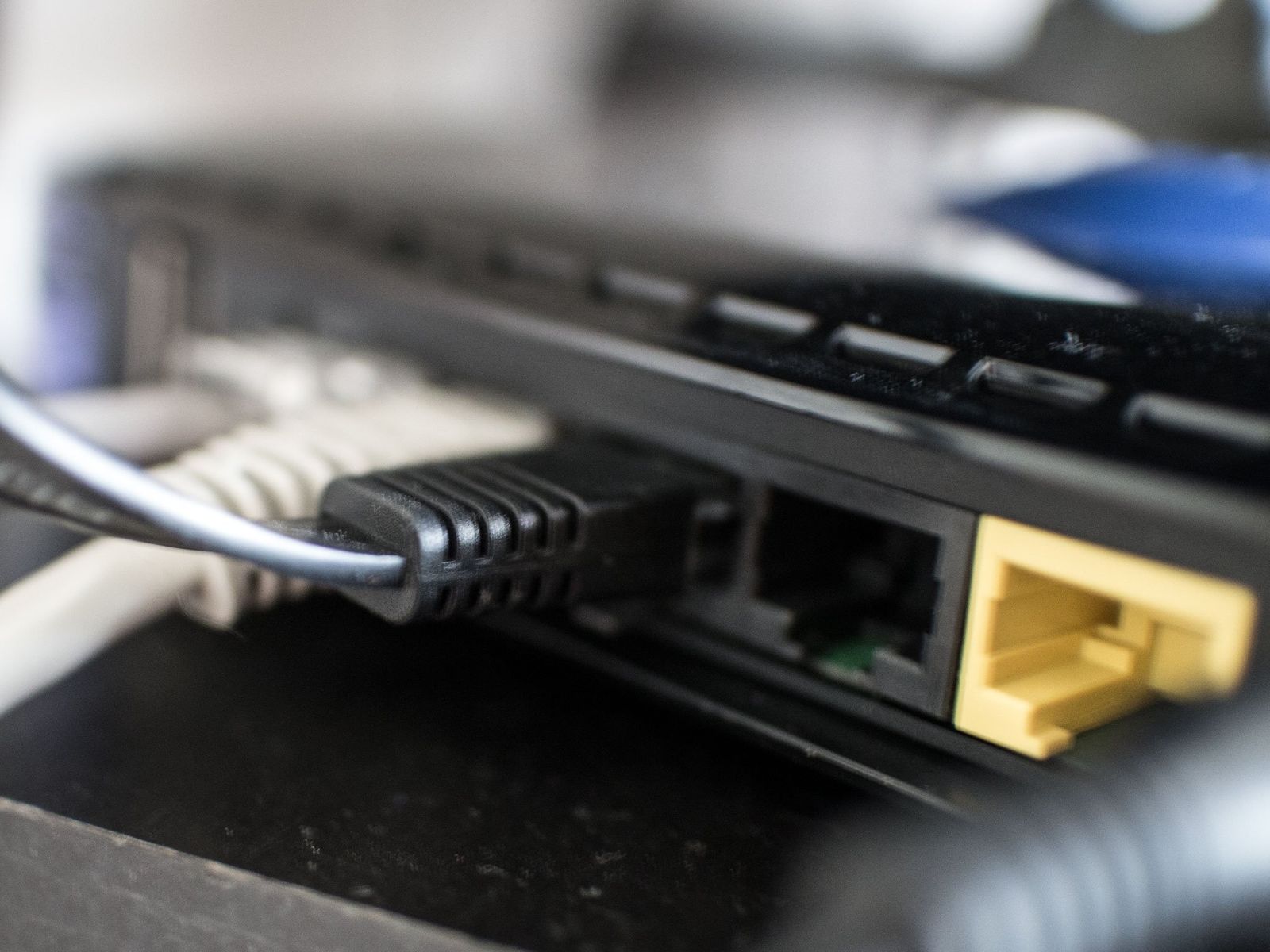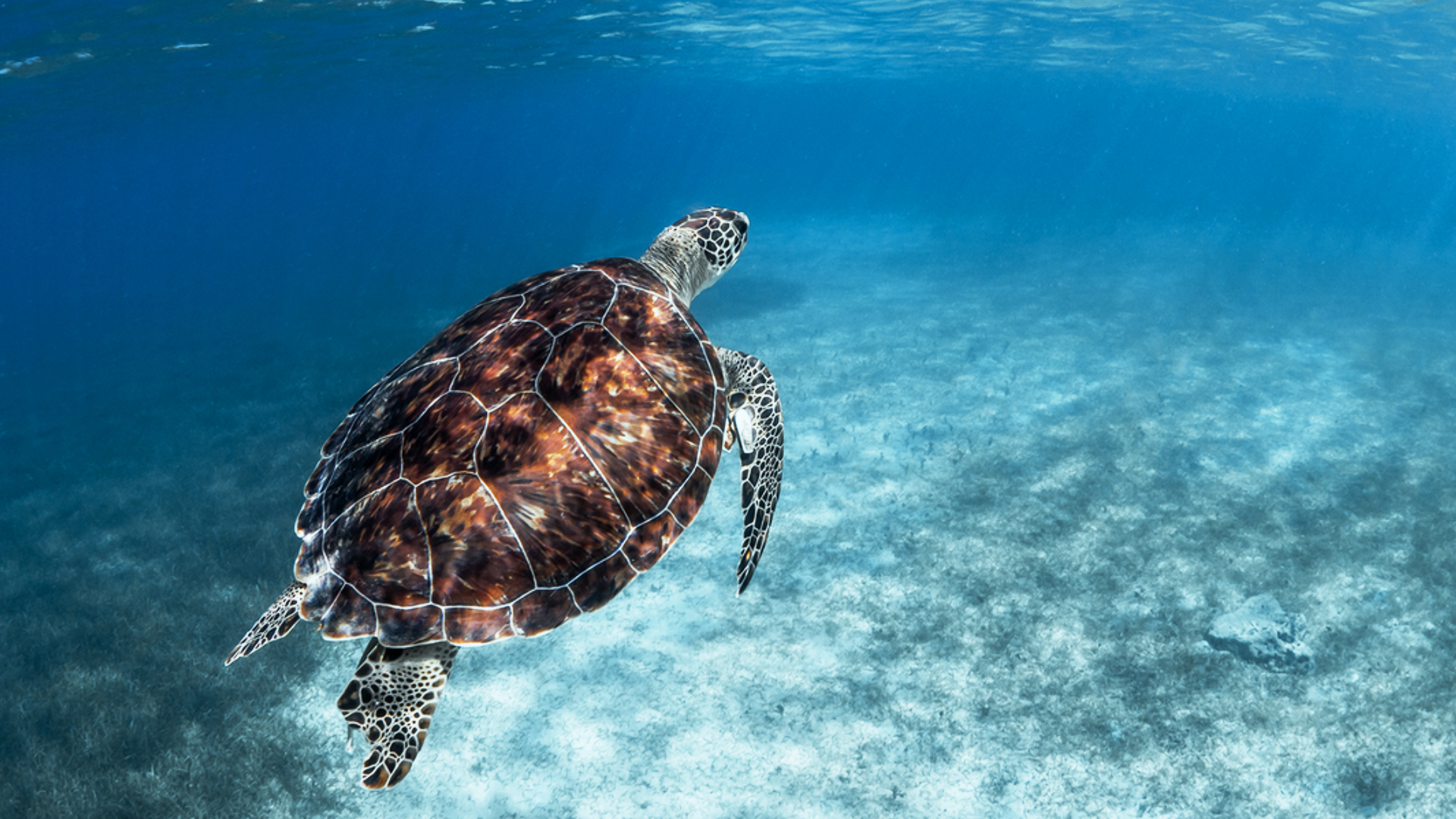Fish farming in Kenya is becoming a top choice for farmers looking for steady income and food supply. Whether done for home consumption or business, this type of farming is simple and profitable.
Tilapia remains the most farmed fish species in the country due to its high demand and fast growth. With the right land, water source, and fish species, anyone can set up a thriving fish farm.
This guide breaks down everything you need to know about fish farming in Kenya and how to succeed in it.

How to Succeed in Fish Farming In Kenya
Before diving into fish farming, it’s important to understand the requirements, methods, and systems that will work best for your location and goals.
Key Things to Consider Before Starting Fish Farming
Planning is the first and most important step in successful fish farming in Kenya.
- Land suitability—Choose flat land, which makes it easier and cheaper to build ponds.
- Reliable water source—Ensure there is constant clean water from a river, stream, spring, or borehole.
- Transport access—Easy roads help when delivering fish to markets, especially for commercial farmers.
- Target market – Know who will buy your fish. Consider nearby towns, hotels, schools, and open-air markets.
- Choose fish species wisely – Tilapia is the most recommended species due to its popularity and high market value.
Methods Used in Fish Farming
Kenyan fish farmers can use different methods depending on their resources and objectives.
Freshwater pond fish farming
This is the most common method. It involves keeping fish in constructed earthen or lined ponds.
Integrated fish farming
This method combines fish farming with crop or animal farming. For instance, a farmer can rear fish in a pond while growing vegetables around it or keeping ducks that fertilise the water with their droppings.
Brackish water fish farming
Used near the coast, this method involves raising seafood like lobsters and crabs. It’s not widely practised in Kenya.
Mariculture
This method is done in deep ocean waters. It involves farming marine species such as shellfish. It requires large capital and is still developing in Kenya.
Systems of Fish Farming
Different systems allow for flexibility depending on your space and level of investment.
Extensive system
Fish are kept in large ponds or cages and allowed to feed naturally. This system has low input and is suitable for farmers with limited resources.
Semi-intensive system
It is common for rearing Nile tilapia. Farmers supplement natural food with organic or chemical fertilisers. Ponds or cages are used for housing the fish.
Intensive system
This system requires more investment and management. It involves controlled feeding, regular monitoring, and is used to rear fast-growing species like rainbow trout. Holding units and floating cages are common in this system.
Feeding Your Fish the Right Way
Feeding is crucial in fish farming in Kenya. Most farmers struggle with the high cost of commercial fish feed.
To manage costs:
- Use locally available ingredients like cottonseed cake, rice bran, or wheat bran.
- Mix your own feed with the help of agricultural experts or online tutorials.
- Feed your fish at the same time daily and in proper amounts.
Proper feeding helps the fish grow faster and remain healthy, increasing your harvest and profits.
Market for Fish and Fish Products in Kenya
Fish is a favourite meal across many parts of Kenya. The demand keeps rising, especially in urban centres.
Where to sell:
- Open-air markets
- Supermarkets
- Schools and colleges
- Hotels and restaurants
Areas around Lake Victoria have long relied on fish as a staple food. With good marketing, even small-scale farmers can enjoy regular income from selling fresh or dried fish.
Fish farming in Kenya is a rewarding agribusiness that offers great opportunities for food and income. Whether you choose freshwater pond farming or a more advanced method like mariculture, success depends on proper planning, clean water, correct feeding, and market connection.






































